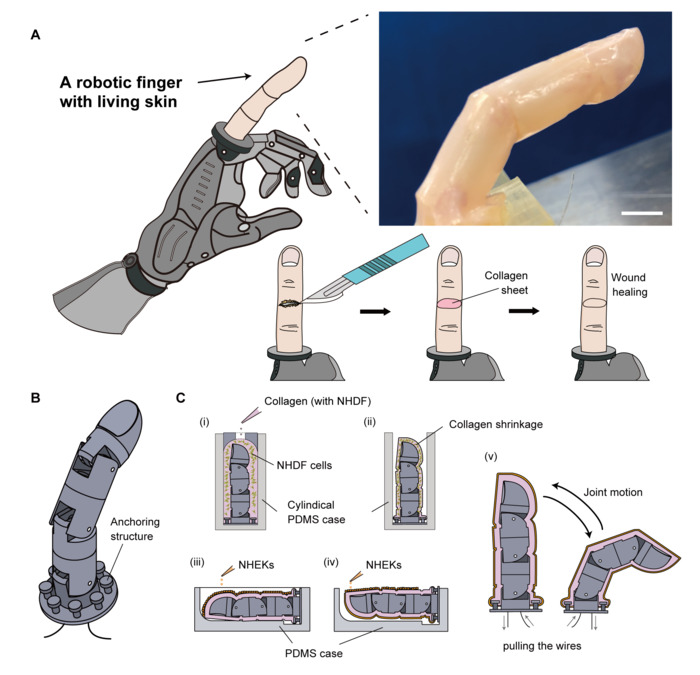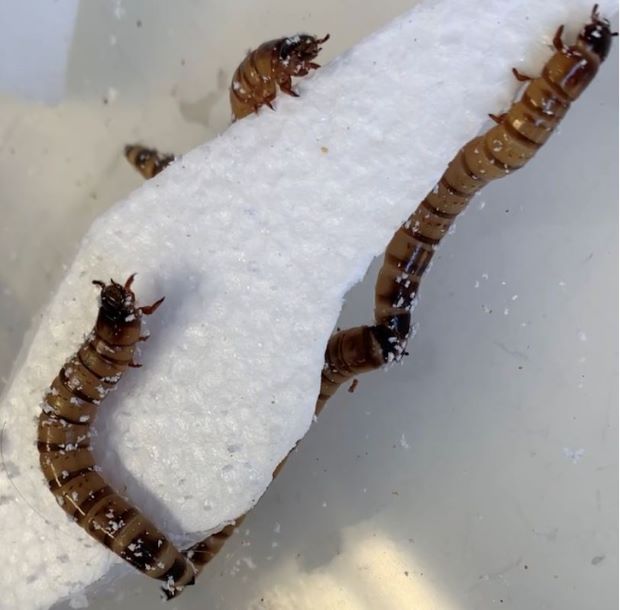
Using an implantable device, a UH team demonstrated that systolic blood pressure can be lowered 10% in one hour and 16% two hours after nerve stimulation.
Using Newly Developed Mini Electrodes to Fight Hypertension
A University of Houston biomedical engineer is expanding the study of wireless electrodes to treat hypertension and is reporting that blood pressure and renal sympathetic nerve activity (RSNA) is controlled by bioelectronic treatment. RSNA is often increased in hypertension and renal disease.
Using a custom-wired electrode, Mario Romero-Ortega, Cullen Endowed Professor of biomedical engineering, previously reported that deep peroneal nerve stimulation (DPNS) elicits an acute reduction in blood pressure. The current study, published in Frontiers in Neuroscience,advances that work, focusing on his development of a small implantable wireless neural stimulation system and exploration of different stimulation parameters to achieve a maximum lowered response.
Romero-Ortega integrated a sub-millimeter nerve stimulation circuit with a novel nerve attachment microchannel electrode that facilitates implantation into small nerves and allows external power and DPNS modulation control.
Using this implantable device, his team demonstrated that systolic blood pressure can be lowered 10% in one hour and 16% two hours after nerve stimulation.
“Our results indicate that DPNS consistently induces an immediate and reproducible arterial depressor effect in response to electrical stimulation of the deep peroneal nerve,” reports Romero-Ortega.
Hypertension, often called the ‘silent killer’ speaks loudly in statistics. In the United States, it is the number one cause of death. Globally it is the number one risk factor for death, impacting more than 1 billion people and is to blame for about half of all stroke and heart related deaths. The American College of Cardiology/American Heart Association 2018 guidelines classified average systolic blood pressure as greater than 130 mmHg and diastolic BP greater than 80 mmHg, on at least two separate occasions, as hypertension.
While pharmacological treatments are effective, blood pressure remains uncontrolled in 50–60% of resistant hypertensive subjects. Unfortunately, despite the use of multiple antihypertensive drugs in combination, blood pressure remains poorly controlled in 50–60% of the hypertensive population and approximately 12–18% of them develop resistant hypertension, defined as blood pressure greater than 140/90 mmHg despite the use of antihypertensive drugs.
In this study, DPNS induced an initial increase in RSNA during the first 2–3 seconds, followed by a reduction in renal activity and mean arterial pressure, despite the increase in heart rate,” said Romero-Ortega. The observed activation of the RSNA during the DPNS was not expected since its activity is associated with hypertension.”
Original Article: Deep Nerve Stimulation Consistently Reduces Blood Pressure
More from: University of Houston
The Latest Updates from Bing News & Google News
Go deeper with Bing News on:
Deep nerve stimulation
- Medtronic snags FDA approval for body-sensing, closed-loop spinal cord stimulator
Medtronic has secured FDA approval for its first closed-loop spinal cord stimulator, designed to take in signals from the body and adjust its therapy automatically. | The Inceptiv implant for chronic ...
- Robotic nerve 'cuffs' could help treat a range of neurological conditions
Researchers have developed tiny, flexible devices that can wrap around individual nerve fibers without damaging them.
- MIT Technology Review
Polina Anikeeva, PhD ’09, followed up her ultrathin brain probes with tools to study the gut-brain connection—and now leads an MIT research center investigating neural pathways throughout the body.
- Why Are People Ticklish? Interesting Theories Behind the Sensation
Experts and studies explain ticklishness and the purpose it serves, why some people are more ticklish than others, ticklish spots, and more.
- Improving Sleep Quality For Insomniacs: Vagus Nerve Stimulation Device Available
Pulsetto has announced the availability of its vagus nerve stimulation device, developed to improve sleep quality and regulate healthier sleeping patterns by promoting a state of deep relaxation.
Go deeper with Google Headlines on:
Deep nerve stimulation
[google_news title=”” keyword=”deep nerve stimulation” num_posts=”5″ blurb_length=”0″ show_thumb=”left”]
Go deeper with Bing News on:
Hypertension
- Counties with the highest rates of high blood pressure in Ohio
Nearly half of Americans live with high blood pressure. High blood pressure, or hypertension, contributed to nearly 700,000 deaths in 2021 and is a major risk factor for heart disease and stroke.
- Irregular sleep patterns closely related to hypertension among patients with sleep apnea: Study
In a recent study published in the journal of Sleep found the intricate relationship between sleep regularity, obstructive sleep apnea (OSA), and hypertension. This research was conducted on ...
- Immune cells play a bigger role in high blood pressure than previously thought, opening doors for new treatments
A review in Nature Reviews Nephrology presents the association between immune cells and the development of hypertension, suggesting potential new therapeutic targets to mitigate the disease by ...
- JERAYGO (aprocitentan) recommended for approval in Europe for the treatment of resistant hypertension
Ad hoc announcement pursuant to Art. 53 LR Idorsia receives a positive opinion from the Committee for Medicinal Products for Human Use for JERAYGO™ (aprocitentan) as the first and only endothelin ...
- TyG Index may Predicts Severe Coronary Stenosis in patients with H-Type Hypertension with CAD: Study
Researchers have found in a new study that The TyG index is an independent risk factor for the degree of coronary stenosis and a better predictor in patients with H-type hypertension combined ...
Go deeper with Google Headlines on:
Hypertension
[google_news title=”” keyword=”circular fuel economy” num_posts=”5″ blurb_length=”0″ show_thumb=”left”]









